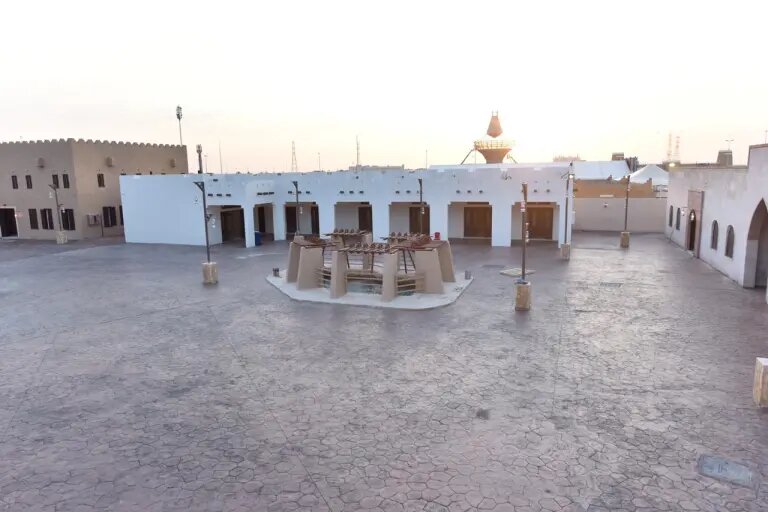Heritage architecture in Saudi Arabia and its transformation into contemporary Islamic architecture,
Foreign designers have tried to reinterpret visual symbols and historical motifs, to use them in very elegant designs.
These designs are represented in the giant pilgrim lounge at Jeddah Airport, which was designed by SOM in 1982.
The company was inspired by the design idea from the Bedouin tent, so the relationship of Islamic architecture and urban development with its Western counterpart remains the main problem.
The problem that needs to be solved to get its rightful place as an active and contributor to global architecture.
It was the chronological narrative of Western architecture, until at least the eighties of the last century, as well as urban development, from its alleged classical origins to its triumphant heyday in the modern era, that constitutes the living nucleus of architectural discourse.
It is he who has pushed the architecture of other cultures to marginal places in his pre-determined hierarchy.
He also encouraged the formal historiography of Western architecture, due to its venerable heritage and institutional strength.
It also required the study of other architectural traditions, to confine them to clearly forbidden times, spaces, and cultures.
Islamic architecture, like many other non-Western architectural traditions, is the antithesis of Western architecture.
Islamic architecture is conservative, while Western architecture is progressive; As its formal types are fixed, compared to the self-developing types of Western architecture.

Heritage architecture in Saudi Arabia and its transformation into contemporary Islamic architecture
It also reflects the cultural imperatives and not the creative individual self that goes back to Western architecture.
Islamic architecture was seen as a tradition of collective responsibility, in which design creativity was rarely called for.
But with the exception of a few famous cases such as the great Ottoman architect Sinan (1489-1588).
It was difficult to study Islamic architecture, along the conceptual lines of Western architecture;
however, no other methodological perspective has been developed to accommodate its own trajectory or internal consistency.
Heritage architecture in Saudi Arabia
Tabuk Village Design
The Tabuk region is considered one of the heritage areas whose design simulates the geography and history of the region, and embodies its interior and coastal governorates in terms of urban heritage, colors and arts.
The whole area is located on an area of 6500 square meters.

Al-Jouf Heritage District
The construction of this area took nearly a whole year, as it is located on a total area of 8,400 meters.
It was distinguished by the model of the Omar Ibn Al-Khattab Mosque,
which includes the first minaret in Islam, which was used in its construction of the natural stone for which the region is famous.
Its design was inspired by the geographical nature of the region, its ancient history, and its popular and cultural heritage.
In addition to the archaeological sites that are spread in various sites,
which represent successive civilizations that have their own peculiarity in the architectural style as well as in the popular colors and costumes.
You may like: The ancient heritage of architecture in the Kingdom of Saudi Arabia

